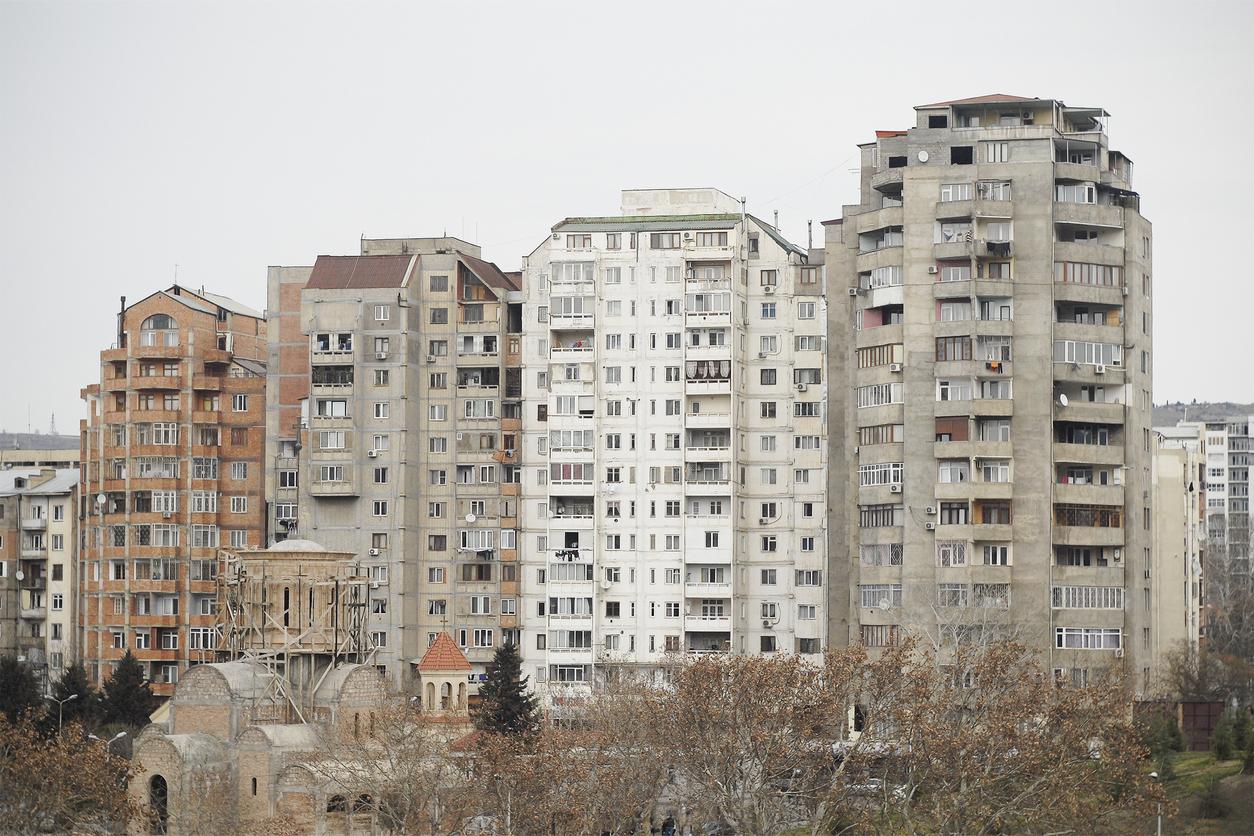We must act on green spaces, active mobility, heat, air pollution and noise to protect the health of current and future urban populations, by strengthening “public policies”, insists Public Health France.

- A pilot study carried out by SPF between 2015 and 2019 in collaboration with the metropolises of Lille, Rouen and Montpellier, studies the impact of certain environmental factors in the city on human health.
- The report shows in particular that the increase in active mobility (namely walking and cycling for short trips), the greening of neighborhoods and even the reduction in noise pollution make it possible to reduce the mortality rates of residents.
- “The results of this study highlight the importance and need to strengthen public policies aimed at reducing air pollution and transport-related noise,” the report concludes.
What are the health benefits associated with the development of urban green spaces, active mobility, as well as the reduction of the population’s exposure to air pollution, transport noise and heat? Public Health France is trying to answer this through a large pilot study carried out in collaboration with three metropolises: the European Metropolis of Lille (MEL), Montpellier Méditerranée Métropole (3M) and the Métropole Rouen Normandie (MRN). “This study confirms that ambitious actions on each of these environmental determinants resulted in positive impacts on health.”, states the government agency in the preamble to the report.
Urban travel: encouraging walking and cycling to reduce mortality
As part of this analysis, Public Health France used the method of quantitative assessments of environmental impacts on health. This is based on a simple principle: “if we know that an unfavorable environment causes health problems and deaths, we can quantify the health problems and deaths that would be avoided by improving this environment”, explains the organization. And this is what the teams in the three metropolises did, between 2015 and 2019. The impacts were estimated for 1.14 million inhabitants of the MEL, 465,000 inhabitants of the 3M and 490,000 inhabitants of the MRN.
“This EQIS [Évaluation quantitative d’impact sur la santé, ndlr] is interested for the first time in environmental determinants other than air pollution, such as the presence of green spaces, transport noise or physical activity induced by active mobility, specifies Dr Caroline Semaille, Director General of Public Health France. The car is still widely used, even for very short journeys; if 90% of trips of less than 1 km were made by walking, we could avoid between 2 and 3% of mortality, or between 100 and 200 deaths per year depending on the metropolis.”
More precisely, the study shows that there is a drop in mortality of 3.4% for the metropolises of Lille and Rouen and 2.1% for that of Montpellier. That’s not all, cycling 10 minutes a day would prevent 5.7% of mortality in the three metropolises.
If increasing active mobility is an essential first step in combating climate change, protecting biodiversity and improving the health of populations, this is also the case when neighborhoods are more green. So, “the greenest neighborhoods in the metropolis [de Lille] would prevent nearly 360 deaths each year”, the report said. That’s nearly 300 for MRN and 115 for 3M.
Exposure of humans to high temperatures also has direct consequences on health, potentially increasing the risk of death. “Between 2015 and 2017, summer heat was responsible for approximately 35 deaths on average each year in the 3M”, specifies the document. There are 90 deaths on average each year in the MEL and 50 in the MRN.
Improving air quality by reducing fine particle and NO2 pollution
No surprise -because numerous studies, like this one, show that air pollution promotes a good number of health disorders- improving the quality of ambient air in metropolises by reducing the level of fine particles with a diameter of less than 2.5 µm to 5 µg/m³ (as recommended by the WHO), would help avoid:
- 970 deaths and 160 strokes per year in the MEL;
- 310 deaths and 44 strokes per year in the MRN;
- 260 deaths and 42 strokes per year in 3M.
Currently, the annual levels of fine particles in these three metropolises are between 9.8 µg/m³ (MRN), and 13.9 µg/m³ (MEL).
Another significant pollutant: nitrogen dioxide (NO2). Reducing atmospheric concentrations to 10 µg/m³ would not only reduce the number of deaths each year, but also new cases of asthma in children. During the study period, residents of MRN were exposed on average to 13.1 µg/m³ of nitrogen dioxide, those of 3M to 11.7 µg/m³ and those of MEL to no less than 20. 9 µg/m³!
“Excessive transport noise affects physical and mental health”
Finally, we perhaps sometimes forget it, but noise also has a significant impact on human health, particularly transport noise. Three studies published at the end of the year – to name but a few – showed in particular that: traffic noise increases stress and anxiety, aircraft noise at night disrupts sleep-wake cycles and that Noise pollution in cities has detrimental effects on cardiovascular health, increasing the risks of early onset myocardial infarction in young people with low traditional risk factors.
In this report, Public Health France states that by respecting the WHO recommendations for road noise, namely not exceeding the limit values of 44 decibels at night and 53 dB during the day, we could avoid 85 hospitalizations for cardiovascular diseases each year in the MEL, 22 in the MRN and 40 in the 3M. In total, this could improve the sleep of 156,000 people in these three metropolises.
“The results of this study highlight the importance and need to strengthen public policies aimed at reducing air pollution and transport-related noise, concludes the report. They also underline the need to promote urban developments favorable to health, by integrating vegetation into inhabited areas, encouraging active mobility, and adapting spaces to climate change and heat management.”
















